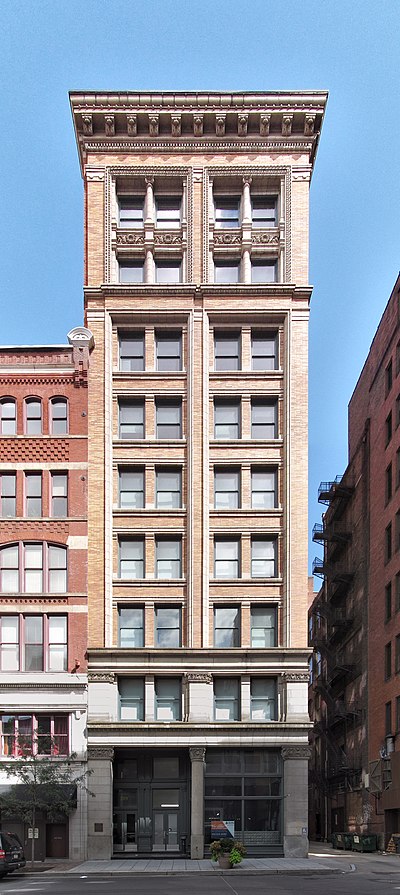
Built in 1927, the Roosevelt was Renaissance classical on the outside and Tudor on the inside. On Emporis.com, the design is credited to Webber & Wurster, a Philadelphia firm whose only work listed on Emporis.com is this building, although some Philadelphia buildings come up in wider Internet searches. The Roosevelt went out of business as a hotel more than once, for the last time half a century ago in 1972. Since then it has been apartments of one sort or another.












